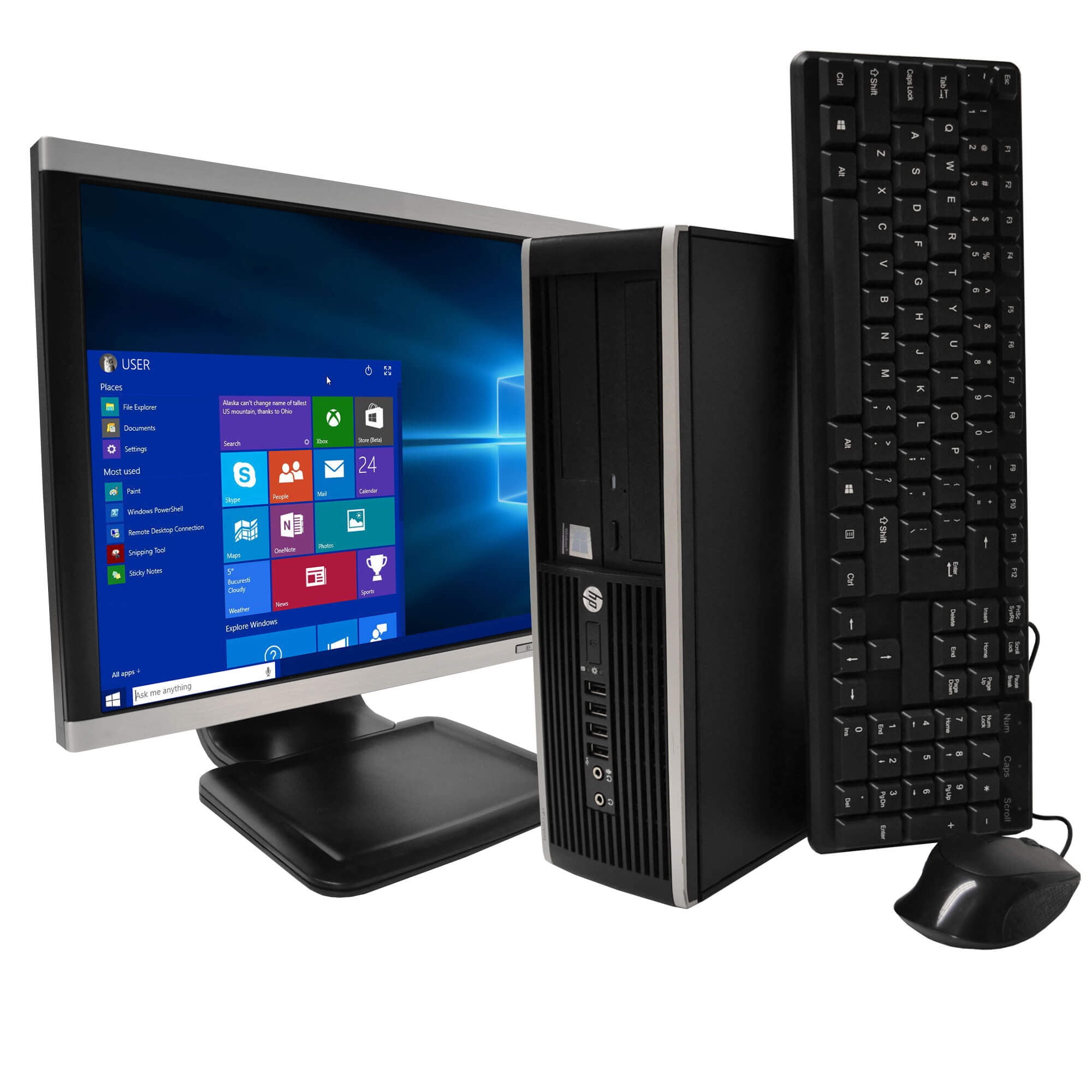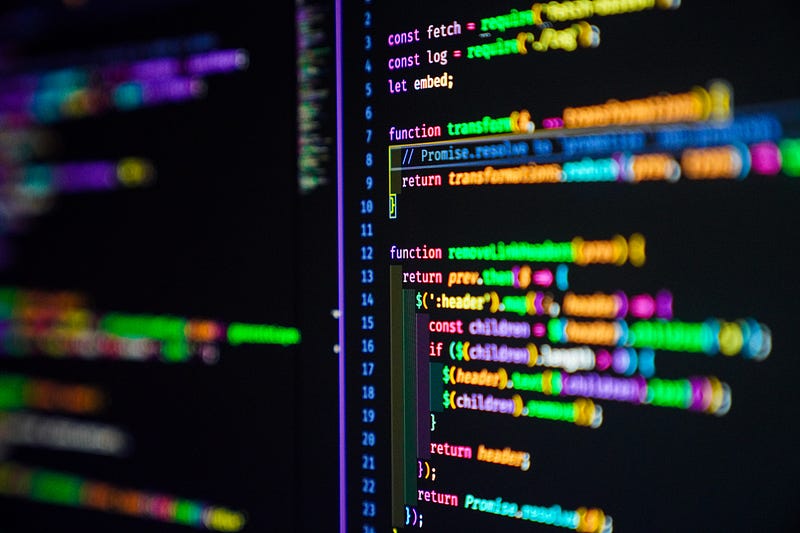Introduction to Desktop Computers
Desktop https://www.computerworld.biz/ computers have been a cornerstone of personal and professional computing for decades. These powerful machines have evolved significantly over time, offering unparalleled performance and versatility.
Evolution of Desktop Computers
From the bulky, room-filling mainframes of the 1950s to the sleek, compact towers of today, desktop computers have undergone a remarkable transformation. Advances in technology have led to smaller form factors, increased processing power, and enhanced capabilities.
Components of a Desktop Computer
Processor
The central processing unit (CPU) is the brain of the desktop computer, responsible for executing instructions and performing calculations.
Memory (RAM)
Random access memory (RAM) allows the computer to access data quickly, enabling smooth multitasking and efficient operation.
Storage (Hard Drive/SSD)
Storage devices, such as hard disk drives (HDDs) and solid-state drives (SSDs), store data permanently and provide fast access to files and applications.
Graphics Card
A dedicated graphics card enhances visual performance, allowing for smooth rendering of graphics-intensive tasks such as gaming and video editing.
Motherboard
The motherboard serves as the foundation of the desktop computer, connecting all components and facilitating communication between them.
Advantages of Desktop Computers
Performance
Desktop computers offer unparalleled performance, making them ideal for demanding tasks such as gaming, graphic design, and video editing.
Customization
Unlike laptops and tablets, desktop computers are highly customizable, allowing users to upgrade components to meet their specific needs and preferences.
Disadvantages of Desktop Computers
Lack of Portability
One of the primary drawbacks of desktop computers is their lack of portability. Unlike laptops, desktops are stationary devices, requiring a dedicated workspace.
Space Requirement
Desktop computers take up space, requiring a desk or table to accommodate the monitor, tower, keyboard, and mouse.
Popular Desktop Computer Brands
Dell
Known for their reliability and performance, Dell desktops are a popular choice for both home and business users.
HP
HP desktops are renowned for their sleek design, powerful performance, and innovative features.
Lenovo
Lenovo desktops combine cutting-edge technology with affordability, making them an attractive option for budget-conscious consumers.
Apple
Apple’s iMac and Mac Pro desktops are beloved for their stylish design, intuitive interface, and seamless integration with other Apple devices.
Buying Guide for Desktop Computers
Purpose
Consider how you plan to use the desktop computer, whether it’s for gaming, work, or multimedia entertainment.
Budget
Set a budget and prioritize features based on your needs and financial constraints.
Specifications
Pay attention to key specifications such as processor speed, RAM capacity, storage type, and graphics performance.
Brand Reputation
Choose a reputable brand with a track record of reliability and customer satisfaction.
Maintenance Tips for Desktop Computers
Cleaning
Regularly clean the desktop computer to remove dust and debris that can affect performance and reliability.
Software Updates
Keep the operating system and software up to date to ensure optimal performance and security.
Hardware Checks
Periodically check hardware components such as fans, cables, and connectors for signs of wear or damage.
Future Trends in Desktop Computing
Miniaturization
Advances in technology are leading to smaller and more compact desktop computers, offering powerful performance in a smaller form factor.
Integration with IoT
Desktop computers are increasingly being integrated with the Internet of Things (IoT), enabling seamless connectivity and automation in homes and businesses.
Conclusion
Desktop computers remain an essential tool for productivity, creativity, and entertainment. With their unmatched performance, customization options, and reliability, they continue to be a popular choice for users worldwide.





